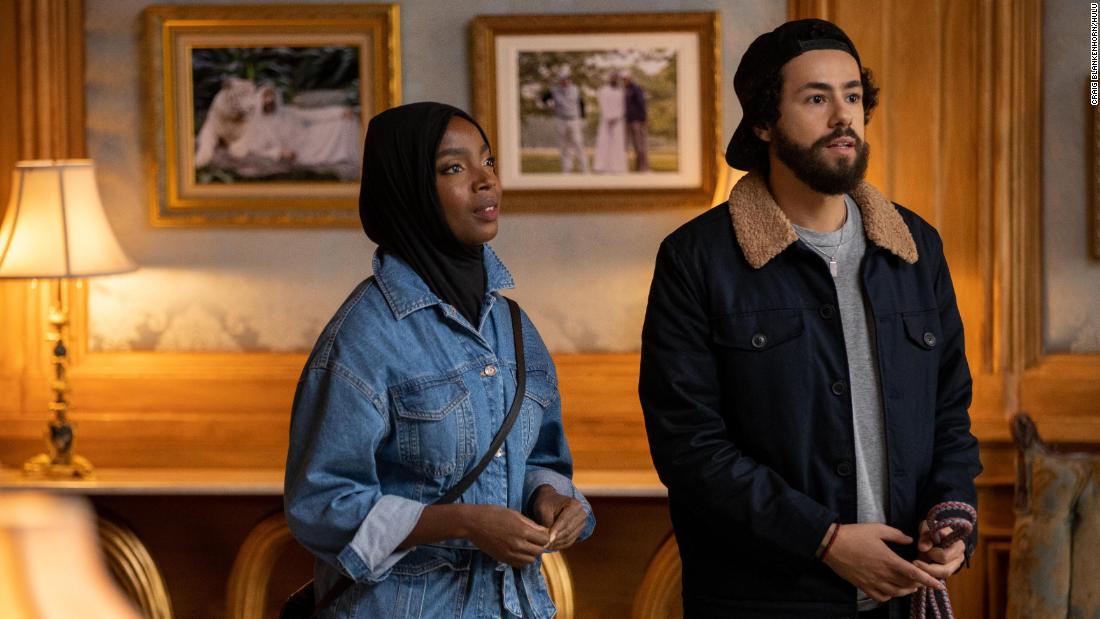Over 25% of the world’s population is Muslim. However, they represented only 1% of speaking characters in 200 shows. Here’s what researchers had to say.
Muslims are significantly underrepresented on television despite making up one-quarter of the global population, and when they are, their portrayal is of a shallow stereotype, a new study finds.
Over 200 TV programmes that aired between 2018 and 2019 were examined by researchers from the University of Southern California’s Annenberg School for Communication and Journalism in an effort to better understand how Muslims were portrayed on popular shows.
Despite the fact that 25% of the world’s population is Muslim, researchers discovered that speaking characters of the same religion made up only 1% of the total scripts.
Only 12 series regulars were Muslims among 200 TV shows, the study revealed. In addition, even in those Muslim series, regulars were either the perpetrators or the victims of physical violence, contributing to the widespread stereotype of Muslim characters being extremists and terrorists.
On the other hand, the study concentrated on written, episodic television shows from the US, the UK, Australia, and New Zealand. According to the analysis, 87% of the shows under consideration lacked even a single Muslim-speaking character.
It found that the depicted Muslims frequently adhered to stereotypes and lacked the diversity found in the actual Muslim population. They were also dominantly men and mostly from the Middle East.
Researchers also discovered that none were depicted as having a disability, which ignores a significant portion of the region’s population, unlike other characters of different religions on TV.
The researchers discovered a number of recurring themes in Muslim characters’ television portrayals. Muslims are frequently seen as “foreign,” speaking English with accents or not at all. Nearly a third of Muslim-speaking characters engaged in violence against other characters, and 40% of them were the targets of such violence.
The survey found that Muslim women were frequently portrayed as “fearful and endangered.” Most of the time, they were shown as the targets of threats and violence.
The researchers asserted that these representations have a significant influence on how viewers see Muslims in the real world. In comparison to other religious groups, the Pew Research Center has determined that Americans have the highest unfavourable views of Muslims.
“Attitudes toward Muslims may be formed by a variety of factors,” they stated.
“However, one in particular, the mass media, is a component within the control of storytellers and content creators.”
The researchers cited certain current television shows, such as Hulu’s “Ramy,” a comedy series about a young Egyptian American man living in New Jersey, that have challenged these assumptions.
Additionally, they demanded that Muslim characters on TV be portrayed in broader and more nuanced ways, particularly by Muslim filmmakers.
“Centering stories on Muslim characters will require changes both on screen as well as behind the camera,” wrote the research team.
“Across the sample in this study, it was clear that few if any writers were Muslim. Working with Muslim creatives to develop and bring stories about Muslims to the screen is essential to increasing authentic portrayals.”







